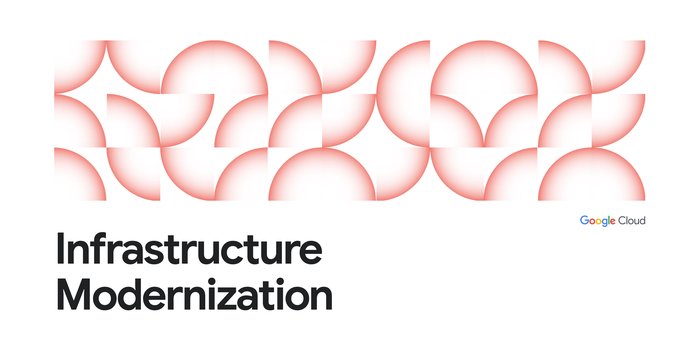Easily upgrade Windows Server 2008 R2 while migrating to Google Cloud
Tom Nikl
Senior Product Marketing Manager, Cloud Migration
Cloud migration projects almost always involve components that span multiple applications, technologies, and platforms. This means they also usually require a comprehensive strategy including multiple products and solutions to get migrations over the finish line. There’s no magical ‘one size fits all’ approach, much as we wish there were.
Of all the applications you’ve got running and might be looking to migrate, at least a few are probably running on Windows Server 2008 R2—in fact, as many as 60% of systems globally are estimated to still be running this version of Windows Server. Now, unless you’ve just returned from a nice three-year vacation you probably know that Windows Server 2008 R2 reached End of Support (EOS) last month. This is likely to put some of you in a bind, and might accelerate your schedule to try and migrate or replatform these systems.
Given that time is of the essence and that you probably don’t have unlimited resources to dedicate to this transition, we’re happy to announce a new feature for Migrate for Compute Engine that lets you simultaneously migrate and replatform your Windows Server 2008 R2 systems into Windows Server 2012. Everything you had running on the original system will persist, but when the migration is done it’ll be running the new OS, Windows Server 2012. You can do this with your physical and virtual servers from on-prem, and also with VMs currently running in AWS or Azure. It’s a fast way to accomplish your upgrade and migration goals in one seamless motion, and better than the other options you might be facing.
Speaking of other options, let’s review some of the alternatives. Another option is to perform a manual, in-place upgrade on any of your Windows Server 2008 R2 VMs (current guidance and installation media). You could also manually create another VM that’s running a supported version of the OS (such as Windows Server 2012 or 2016) and then manually migrate your apps and data. The challenge with both of these options, though, is that they require time and staff. That’s why we’re so excited for this new Migrate for Compute Engine feature, which lets you avoid these time and staff challenges completely, by simply replatforming to Windows Server 2012 while you migrate.
Technically, there’s one more option for solving your Windows Server 2008 R2 problem: paying a huge sum to Microsoft to buy you another few years of security updates. But that’s costly and just ‘kicks the can down the road,’ as they say. That’s why we recommend you take a more proactive approach, which also happens to be faster, easier, and less costly.
Whichever route you ultimately choose, it’s always a best practice to make sure your systems are running current, supported versions of the OS. We’re confident that Migrate for Compute Engine will help you accomplish this goal more smoothly than traditional approaches to replatforming.
And when it comes to migration, where you likely have a lot of things to figure out, our mission at Google Cloud is to provide migration pathways that are low in risk and toil, but high in success! To learn more, read up on Migrate for Compute Engine or check out our data center migration solutions page.



